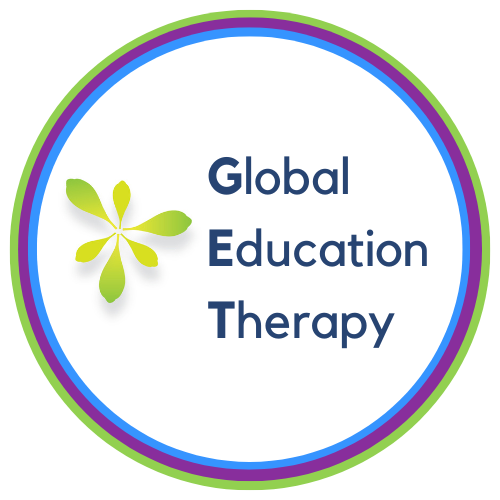Welcoming Our Newest SLP, Yaakov Levi: Stuttering Therapy
Global Education Therapy is excited to announce a new addition to our team, Yaakov Levi, M.S., CCC-SLP
1. Tell me a little bit about yourself
I graduated in 1996 with a master's degree in Speech and Language Pathology from Towson State University in Baltimore, Maryland. I have over 25 years of experience working in private practice evaluating and treating children and adults with a wide variety of communication and swallowing disorders including articulation, language, fluency, and voice disorders.
2. What are your areas of expertise?
My areas of expertise include the treatment of fluency, articulation, and voice disorders across all ages above 6. I've had 26 years of experience in speech-language pathology and 2 1/2 years of experience providing services online.
3. Why are you passionate about fluency, voice, and articulation?
Fluency: I had a family member who stuttered which is where my passion began. I recognized there was a great need for therapists that helped clients speak with confidence despite their stutter.
Voice: In graduate school, I had an incredible teacher. She piqued my interest and I've been passionate about it ever since.
Articulation: I enjoy this aspect of speech therapy because it is very cut and dry. Often with voice and fluency, we see improvement but not necessarily a "cure." When it comes to speech sounds, treatment is concrete. Thus, I find this area of focus very rewarding.
4. How is stuttering treated?
Like many professionals, I learned the original practices called stuttering modification and fluency shaping. In my practice, however, I have found that simply choosing 1 path doesn't always work. I believe it's important to take elements of both methods in order to individualize treatment plans based on what works best for the client.
5. What does a typical session look like?
In a session, I begin with a warm-up. Next, I review the homework that was given in the previous session. Depending on the child's age and abilities, I may or may not incorporate a break. If we do take a break, I use this time to listen to the child's skills in conversational speech. For the remainder of the session, we practice previously learned skills or learn a new skill. When I teach a new skill (e.g., a speech sound, stuttering skill, or voice skill), I typically follow a hierarchy beginning with using the skill in sounds, moving to words, phrases, and sentences, and ending with connected speech (e.g., conversational speech). This helps clients build upon previous skills at a level that is appropriate for their abilities. You can think of this as training to lift weights. You have to start with 5-pound weights before jumping to 50-pound weights!



